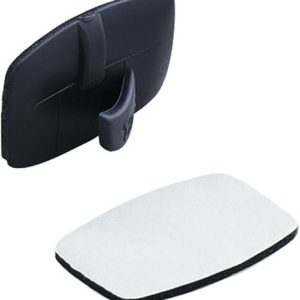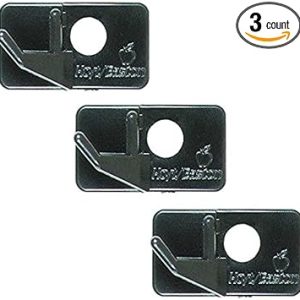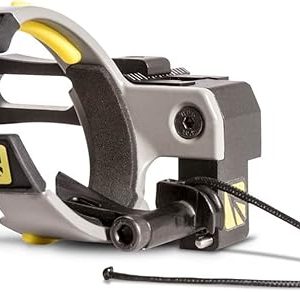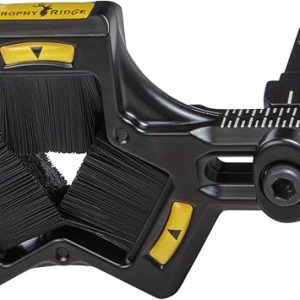Arrow Rests

Arrow Rests
Your arrow sits on the rest before you shoot. Seems simple. It’s not.
Drop-away rests are what most compound bowhunters run now. The launcher holds your arrow during the draw, then drops out of the way when you release. Zero contact with your fletching means better accuracy and you can use any vane size. Cable-driven models need timing adjustments during setup. Limb-driven versions are self-timing – easier for beginners but fewer options on the market.
Whisker biscuits hold your arrow with synthetic bristles. Full containment means your arrow can’t fall off, even if you turn your bow upside down in a tree stand. Hunters who climb, stalk through thick brush, or need bombproof reliability – this is your rest. The trade-off is slight fletching contact, which matters more as distance increases. Inside 50 yards? Whisker biscuits work great.
Fixed blade rests are just a piece of plastic or metal sticking out from your bow. Recurve archers and traditional shooters use these. Some target compound shooters too. No moving parts, nothing to break, easy to set up. You give up arrow containment but gain simplicity.
Prong rests have two or three little arms that support your arrow. Common on older compound bows and entry-level setups. They work fine if you’re not too picky about the last inch of accuracy.
Installation matters more than people think. Rest height and centershot position affect tune. Get it close, then paper tune to dial it in.
Showing all 5 results





